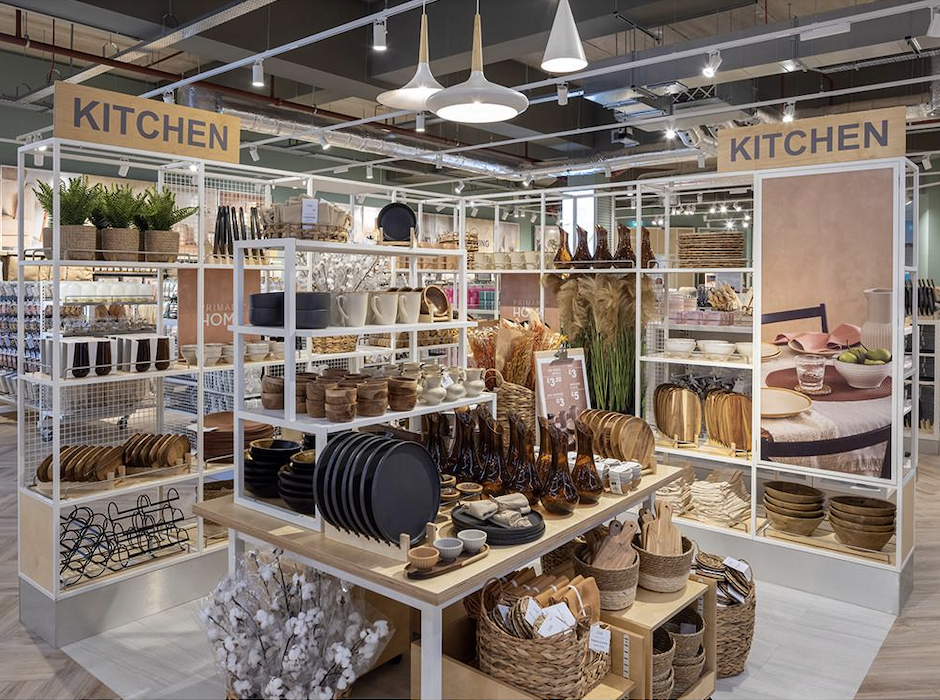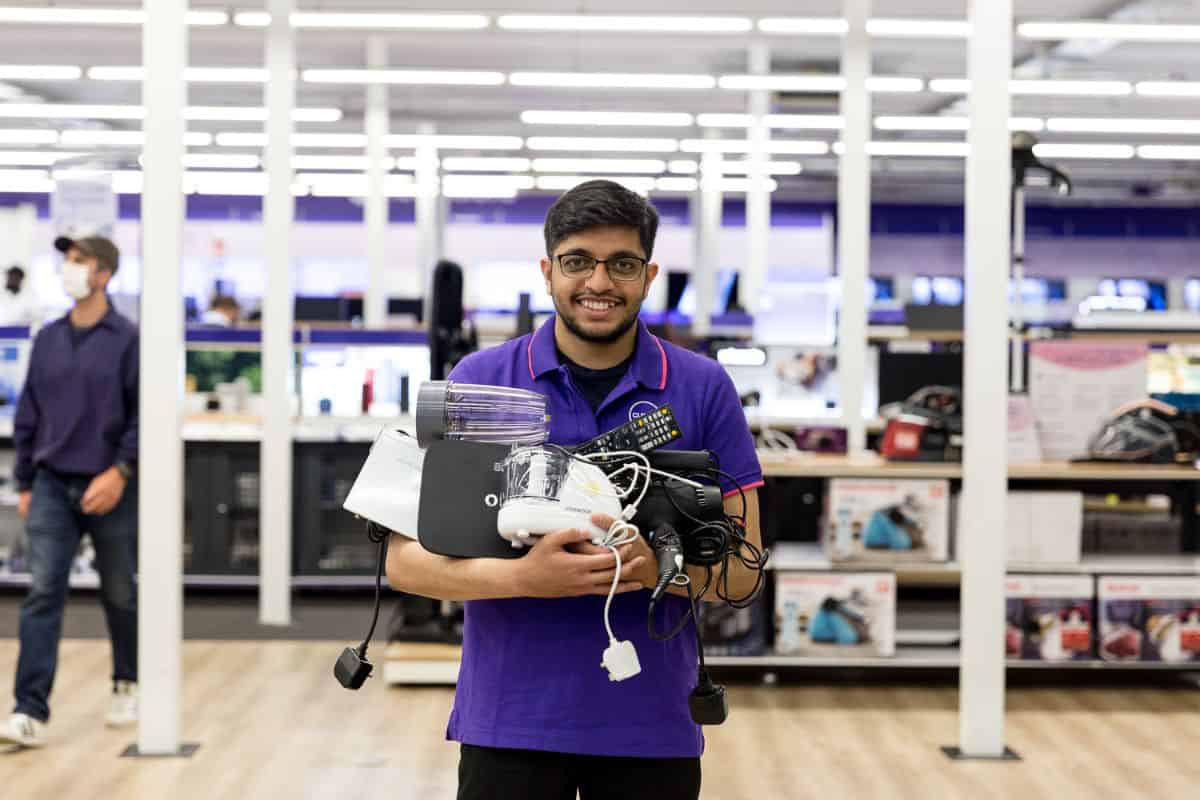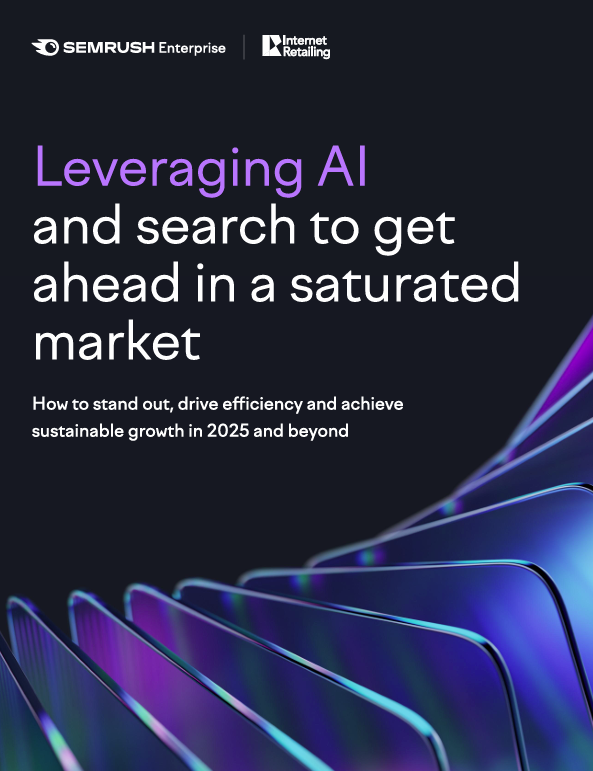As part of our yearly tradition, we step back to reflect and look forward to what the New Year will bring to ecommerce and multichannel retailers. Here, we hear from contributors across the industry about the upcoming trends they believe will sweep the world of retail.
Augmented reality and virtual reality are going to become mainstream in 2018
Chris Wood, Director of Retail, Salesforce
In 2018 retailers will continue to focus on identifying the technology that will advance their business and allow them to connect with customers at a deeper level. Many of us have experienced augmented reality (AR) on our phones and used a virtual reality (VR) headset either at home or an event. However, next year this technology will transform the retail experience and bring consumers back to the high street without ever leaving the comfort of their own homes.
With high-definition photography and video now the norm, retailers will be able to combine these quality images with VR to create a virtual high street store. Not only will consumers be able to see and experience what products look like with incredible detail, but retailers will be able to use advanced analytics to assess which products draw the most attention and how consumers explore the retail environment. Ultimately, this real-time information can provide retailers with a competitive edge and the ability to adapt quickly to consumer preferences at both an individual level – to understand how to deliver personalised recommendations and service – and at a macro level.
For consumers, this will also bring a new meaning to ‘try before you buy’. By using VR and AR to experience the product before it is purchased, consumers will be less likely to return an item that doesn’t match their initial expectations. AR and VR technologies will allow them to see the sofa in their living room before they buy or take advantage of a virtual wardrobe to decide if a pair of shoes goes with items they already own. The most successful retailers will be able to embed these experiences as part of their customer journey, rather than a standalone activation.
A new mobile reality for retailers
Karen McCormick, chief investment officer at Beringea
“Mobile continues to a driving force for retail revenue. On Cyber weekend last year, 64 per cent of all purchases took place on mobile devices, with 74 per cent of shopping searches also made via mobile (according to data from ChannelAdvisor). Mobile is now also driving new realities for retail – augmented and virtual reality.
“In Europe, we haven’t seen many retailers creating virtual environments that fully immerse customers in a new world to capture the imagination and drive sales. However, we have seen retailers dabble with augmented reality, particularly home furnishing companies. Earlier this year, Ikea launched Ikea Place, an AR app that allows users to see what items of furniture would look like in their home, office etc. before they buy. The app has over 2,000 items in its catalogue, and all appear – to scale – wherever the user points their camera.
“Over in the US however, V-Commerce is becoming more tangible, and most useful for larger-scale purchases where in-situ visualisation is important. Sticking with home improvements, Lowe’s VR experience Holoroom is now live in 19 stores across the country. This virtual environment allows customers renovating their house to picture what specific designs will look like. Elsewhere, The North Face has implemented VR headsets in its San Francisco store. When customers put them on, they are transported to a range of outdoor adventures, including rock-climbing at Yosemite National Park and a 6,000-foot elevation on Mt. Everest.
“On the B2B front, InContext Solutions in the US allows category managers and visual merchandisers to play around with macro-level and shelf-level layouts, and then test with actual ‘shoppers’ (their avatars) in a virtual environment. This saves the retailers and FMCGs weeks versus real-world test changes. What we have not yet seen is a truly high-value V-commerce offering in FMCG. Are customers really going to prefer walking an avatar around the aisles in a virtual environment to do their on-line shopping? While the merits of V-Commerce for furniture, housewares, and automotive seem intuitive, there is still some progress to be made on the value-add aspects of V-Commerce for FMCG.”
The future will see image search and image based-shopping
Ed Bussey, CEO, Quill, on image search and image-based shopping
Voice search emerged as a potentially strong challenger to traditional text search in 2017. However, 2018 could be the year that attention shifts to visual search – which works by using a reference image to search for matching (or similar) products.
Google’s ‘Shop the Look’ feature, announced in 2016, paved the way for the growth of this trend by presenting relevant product ads alongside Google Image searches. Since then, we have seen various major online retailers tap into the trend. In early 2017, eBay introduced two new visual search features, which use AI to draw on the company’s vast bank of image listing data to surface relevant products to customers. Other leading marketplaces, including ASOS, Amazon and Zalando , have also implemented visual search tools on their online stores, and we can only expect more retailers to follow suit in the new year.
Frictionless mobile experience will boost sales
Steve Borges, co-founder, Biglight on mobile optimisation
“For us, 2017 has been the year of mobile optimisation. We’ve tested over 100 mobile sites with real users and uncovered opportunities to improve product discoverability, the usability of key functionality, such as product filters, as well as making it easier for users to interact with product content and complete their purchases. We’ve found that improving these simple elements reduces user frustration and grows revenue – a real win-win.
What can the Top500 retailers expect to be in the board discussions in 2018 and what will the year bring to retailing online, in-store and across the mobile channels.
Putting innovation and experimentation will keep you relevant
We’re starting to see an increased recognition that the biggest brands in the world and most importantly Amazon are actually invention organisations, engaged in continuous experimentation to deliver step-changes in the customer experience – allowing them to continue to take share.
The result will be a real sense of urgency amongst top retailers to respond, by focusing on how they will stay relevant in the future and survive in this new world, by putting innovation and experimentation at the heart of their businesses, in order to remain relevant in the future.
Those retailers who make the investment to really understand their customers’ needs and constantly improve and experiment with every aspect of the customer experience, with the objective of becoming the best in the world at meeting those customer needs will be those who win.
It’s a huge shift in thinking and requires constant investment to innovate across every aspect of the customer journey, from the usability and creative aspects of your websites, how you use content to engage your customers, your delivery and returns propositions and – critically – how you will connect your customers’ digital interactions with their offline experience, to create experiences that no-one else can better.
Of course, it’s a never-ending quest – given the constant increase in customer expectations – but the future will belong to brands that strive relentlessly to provide remarkable customer experiences.”
Artificial Intelligence will make the impossible possible
Peter Gauden, global senior product marketing manager at Huawei
“Artificial Intelligence (AI) is helping to make our smartphones an even closer companion, accurately predicting what we want to do and when, delivering exactly the right information and experiences at the right time. Huawei has already created the first generation of truly intelligent smartphones which in turn will help provide an opportunity for developers to find new and innovative uses for its processing capabilities. As we continue to understand what AI can do it will become less reactive and more proactive making our lives easier than ever before.”








